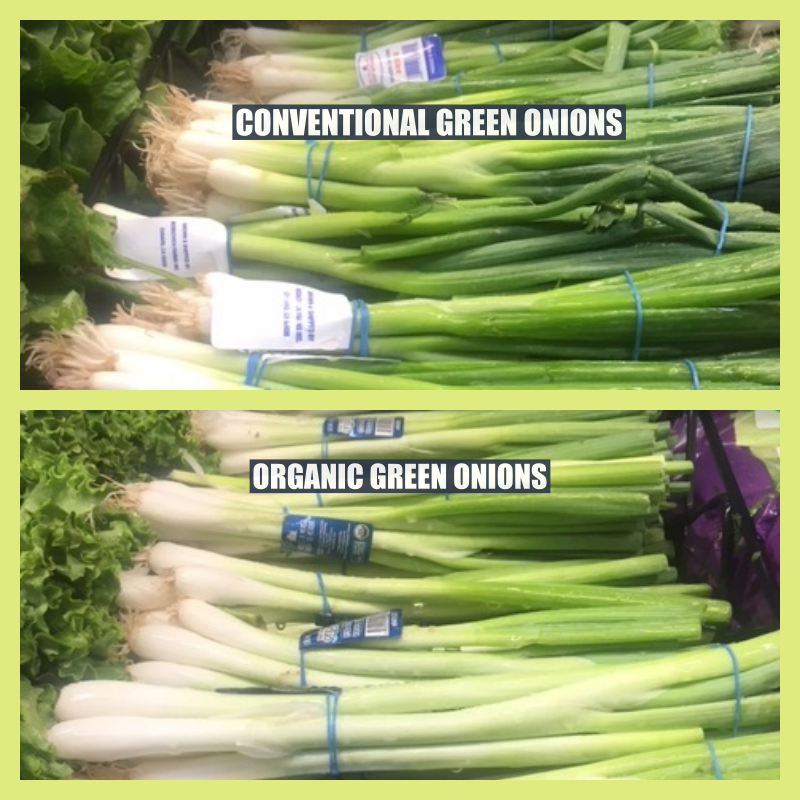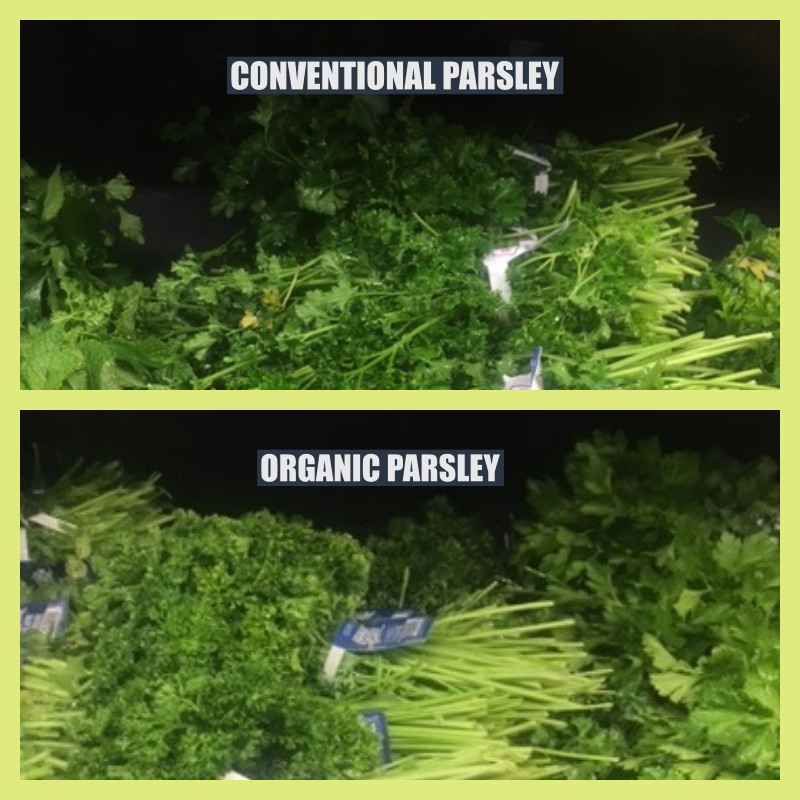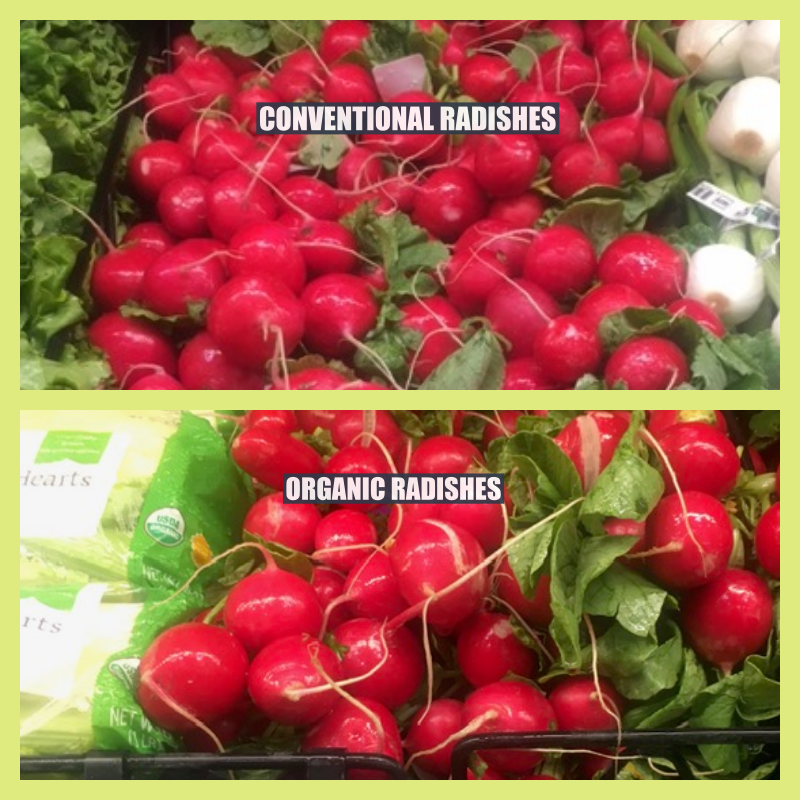An employee was working in the organic produce section, stocking some new items into an area that was already cramped. Unable to find space for the new items, the worker asked the produce manager for a solution. The produce manager, in turn, suggested cutting back space on the current stock items to include the new product varieties.
Was it wise to pare back on all items to squeeze in the new products? Wouldn't lower stock on more popular organic items lead to decreased revenue for the department? And wouldn't it take additional time to keep restocking those faster-moving items, which would drive up labor costs?
Variety and the number of organic items are very important in drawing customers to a store and keeping them coming back. New items and ad promotions are key in continuous growth of the organic category.
But how do you add more new organic items to the produce shelf without putting the squeeze on the current display portions?
New items and ad promotions are key in continuous growth of the organic category.
One of the best tools to support the limited space challenge is the category management data report, which analyzes and monitors sales velocity of each category.
In working with several retailers and studying their data reports, I was able to identify twin-lined items in the conventional and organic produce categories. The most interesting takeaway was that one of those items sold while the other sat and turned to shrink. This means that the one that sat was occupying valuable space that could be used to insert newer items.

Is it necessary to carry competing items like beets, Swiss chard, bunch carrots, radishes, yellow squash, parsley, leek, and other slower-moving items? It makes more sense to streamline these items into one section, namely the organic growth category. Once downsized, extra organic display space is made available.
One of the best tools to support the limited space challenge is the category management data report, which analyzes and monitors sales velocity of each category.
I am not proposing to cut out items across the produce line. It makes more sense to stop the twin lining of the specific items that do not add incremental sales to a category. Understandably, both conventional and organic broccoli, Romaine lettuce, peppers, Russet potatoes, yellow onions, bananas, and other more sought-after items should be handled in both sections.

Eliminating excess duplication has three benefits for the produce department. First, it opens up space for new items. Second, it lifts sales of those items by 25 percent. Lastly, the savings from less shrink helps increase the gross profit for the entire department.

The organic produce section has been expanding each year. More product availability and varieties have entered the marketplace, helping to boost the category. In 2011, organic produce sales were 5 percent of the total department. Today, that number has grown to 12 percent and is expected to continue to climb. This is the result of consumer demand, greater available volume, variety choices, and improved merchandising.
Variety is essential to the success of a produce operation. However, duplication overload can reduce sales and profit if it simply leads to unsold inventory.






